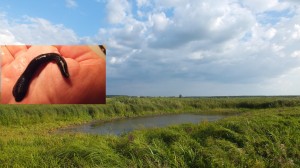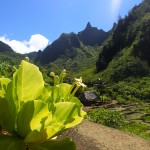The Julien’s golden carp (Probarbus jullieni) project sought to conserve rare fish in the Mekong Basin by developing standardized methods for monitoring population trends and by enhancing the capacity of local people to engage in conservation research and sustainable fisheries management. This project represents the first wild capture fisheries research project to take place in this area.
During the 3-month study at least 62 different species were recorded in fishermen’s catch. The researcher report several outcomes including : (1) Collecting important baseline data on juvenile and mature adult Julien’s golden carp (Probarbus jullieni), and other fish species; (2) Raising awareness about the need for fish conservation Increased local capacity for fish-catch monitoring, (3) establishing local commitment from fishermen to continue fish conservation and management work. Read more…







